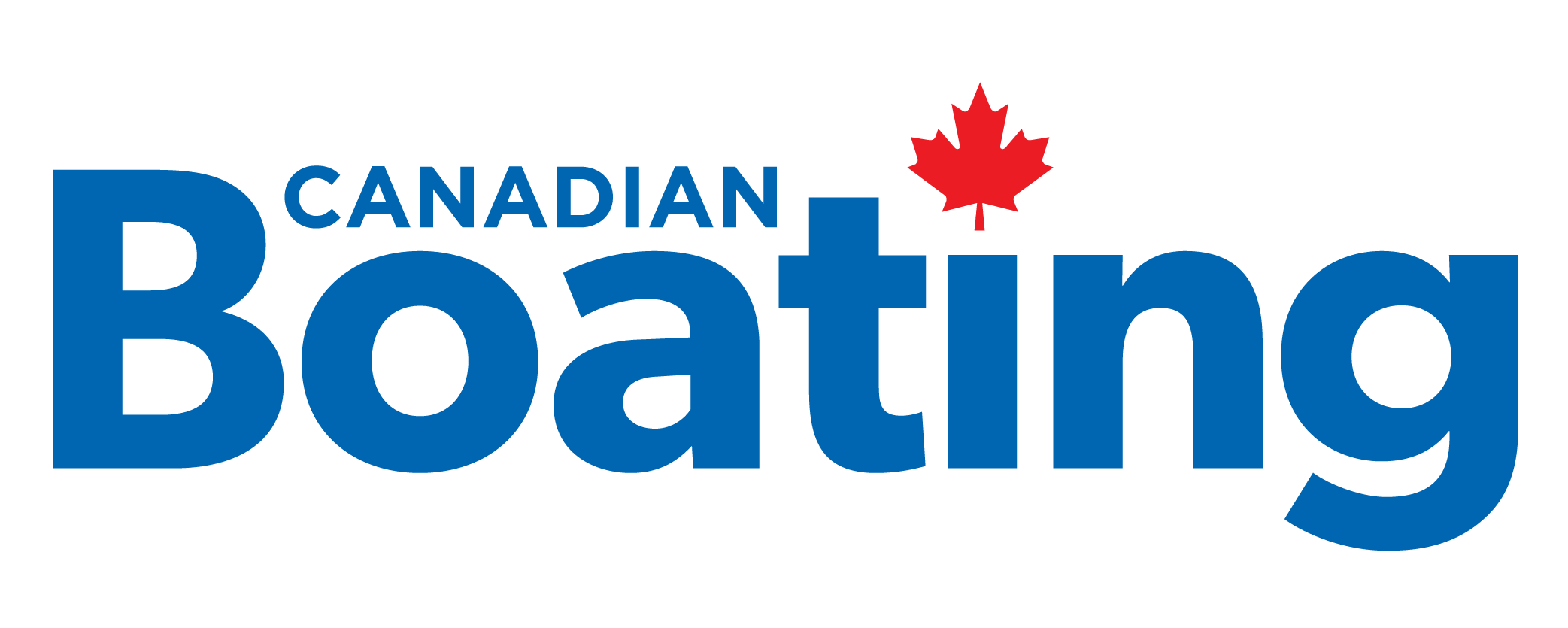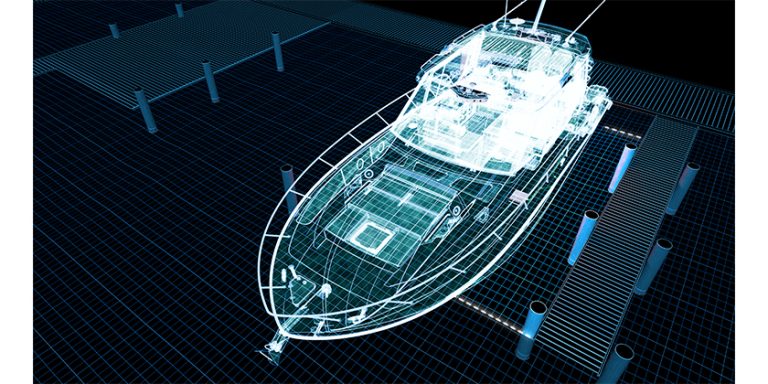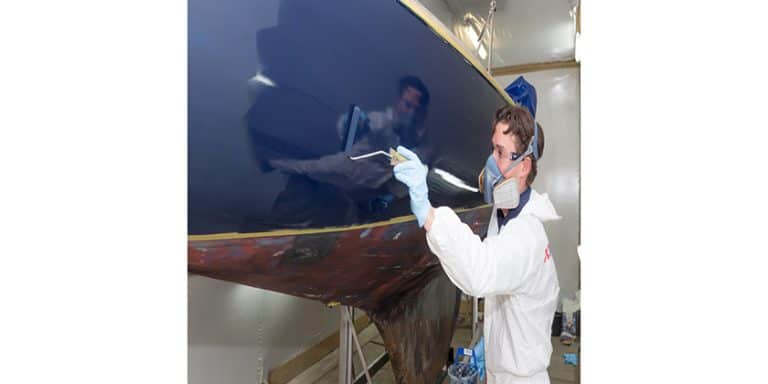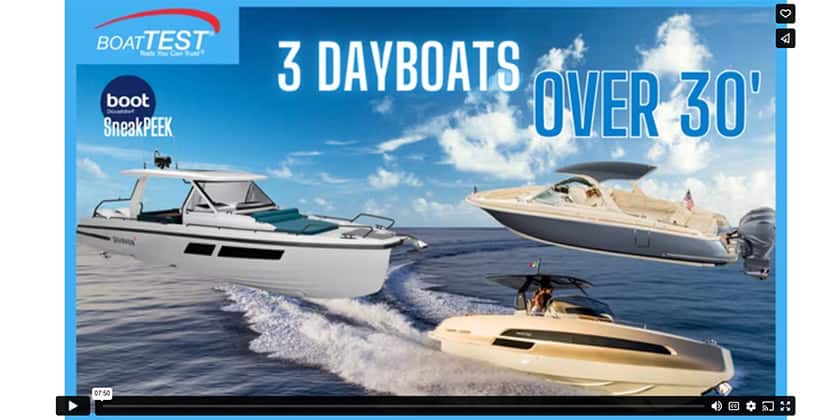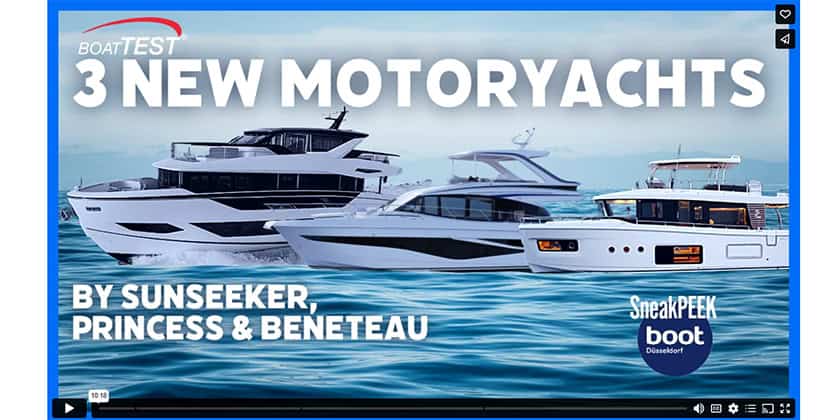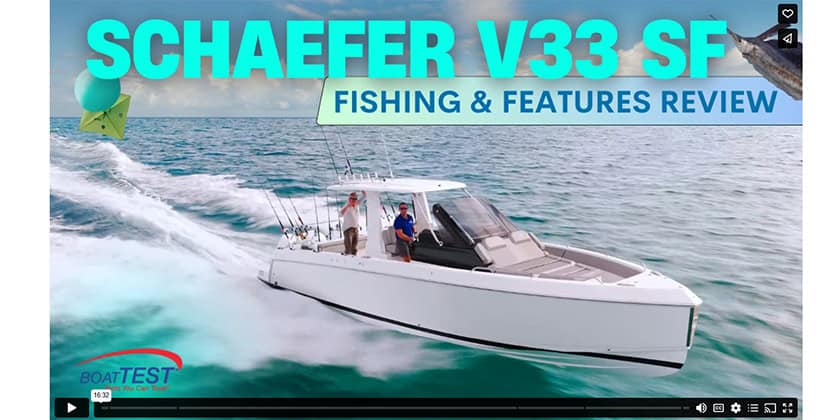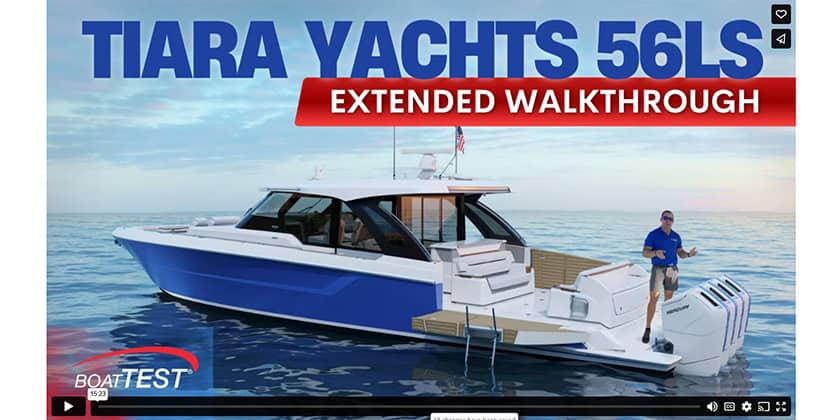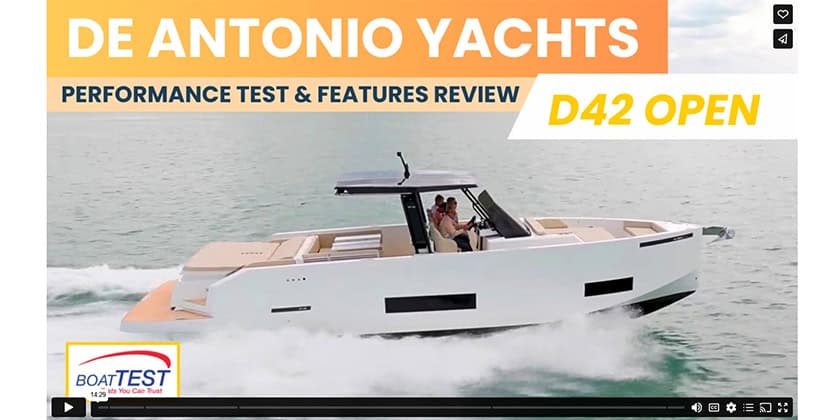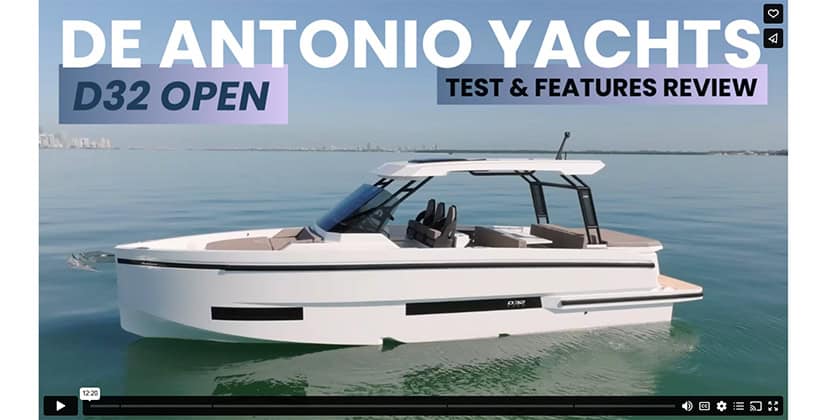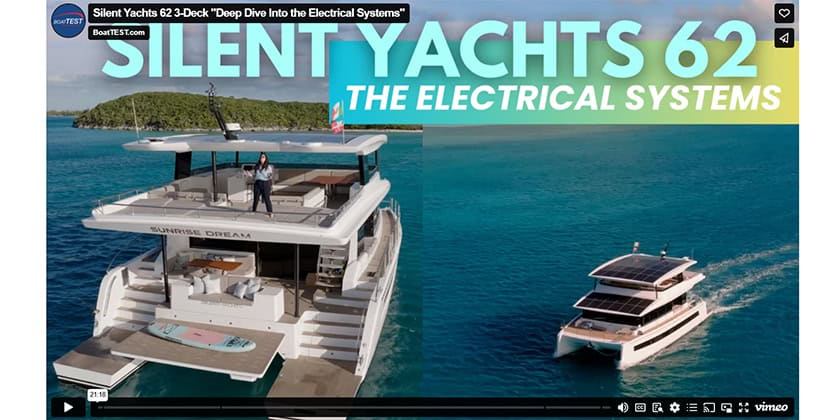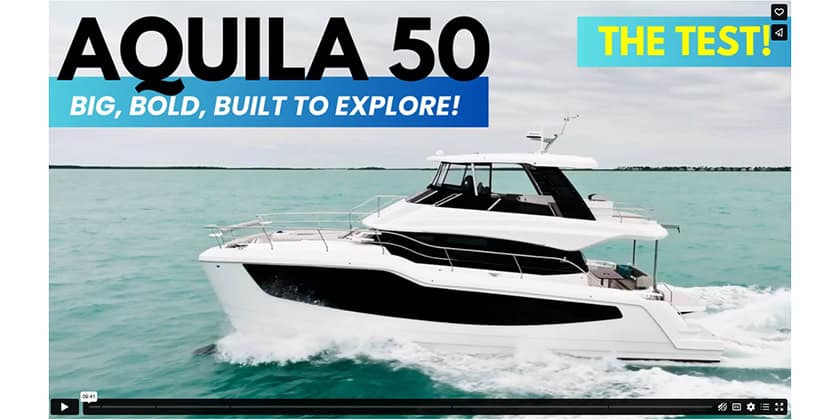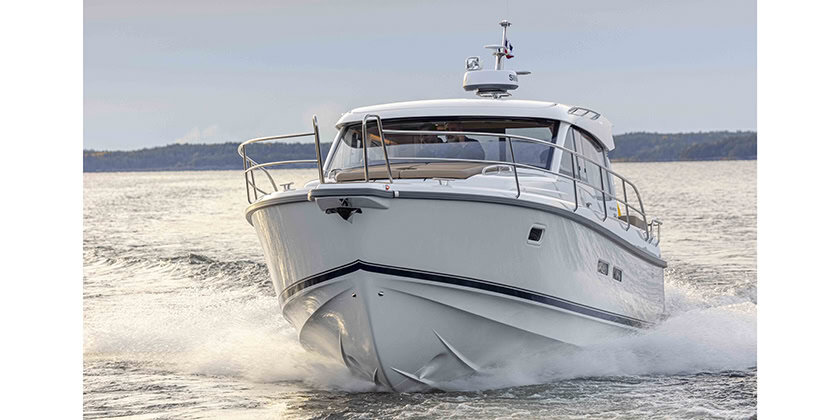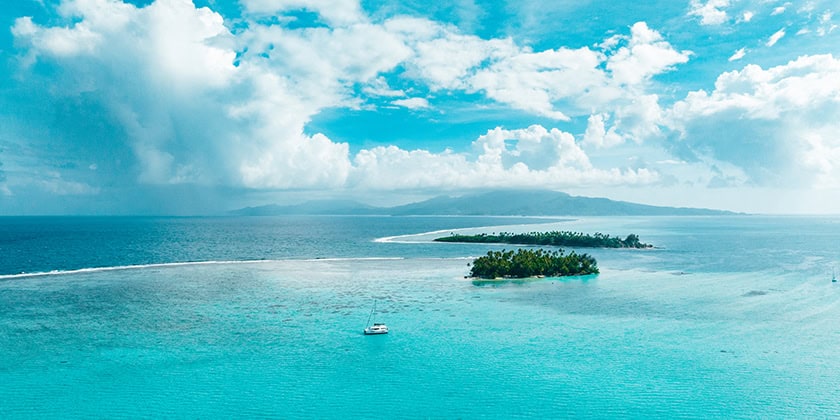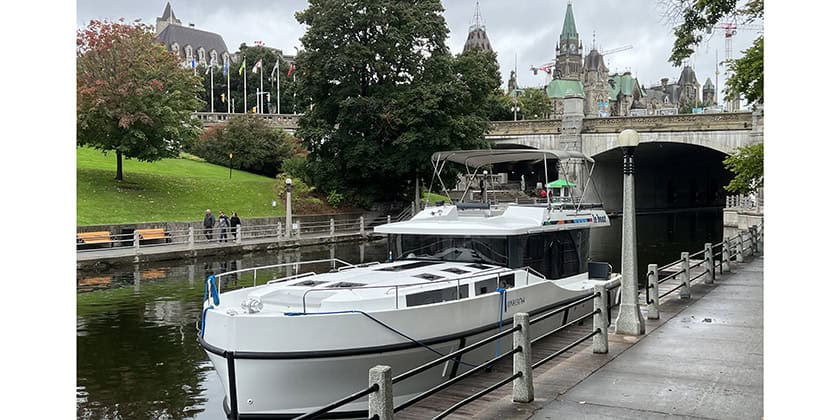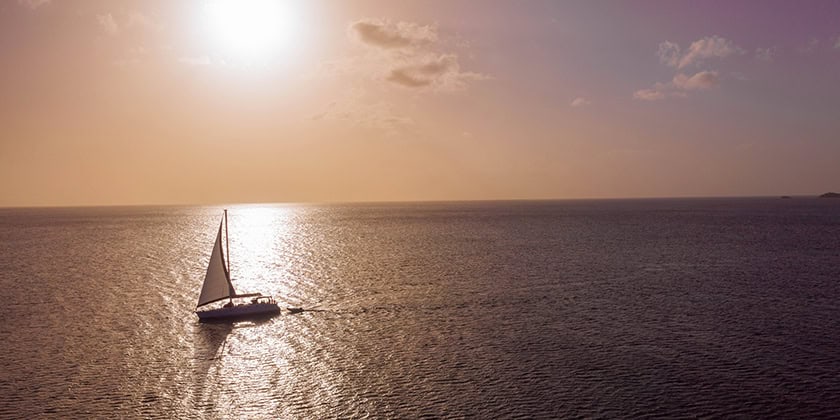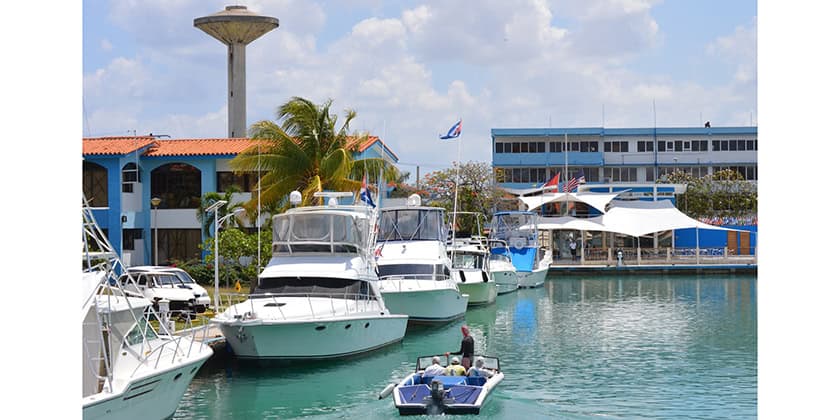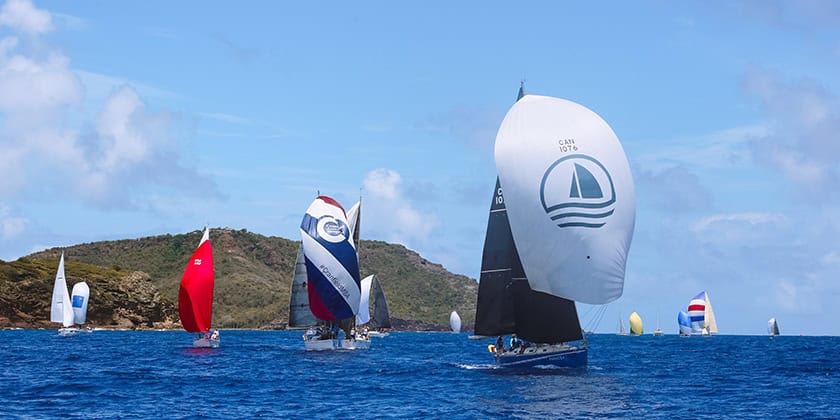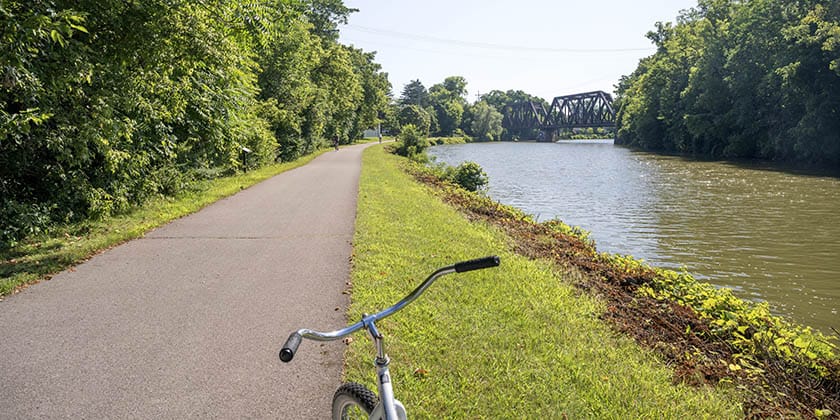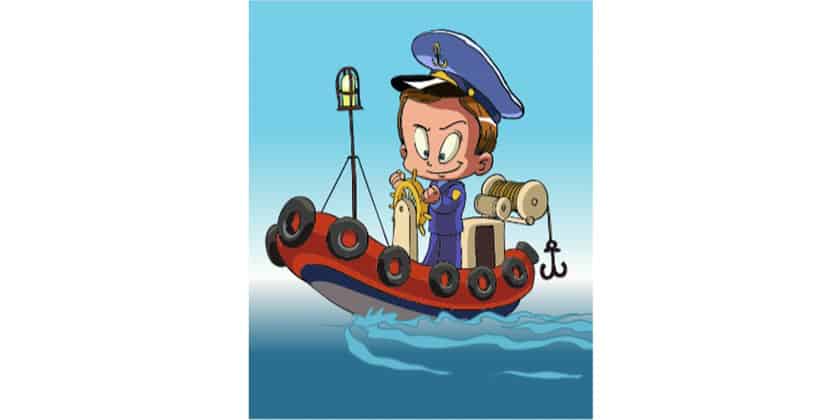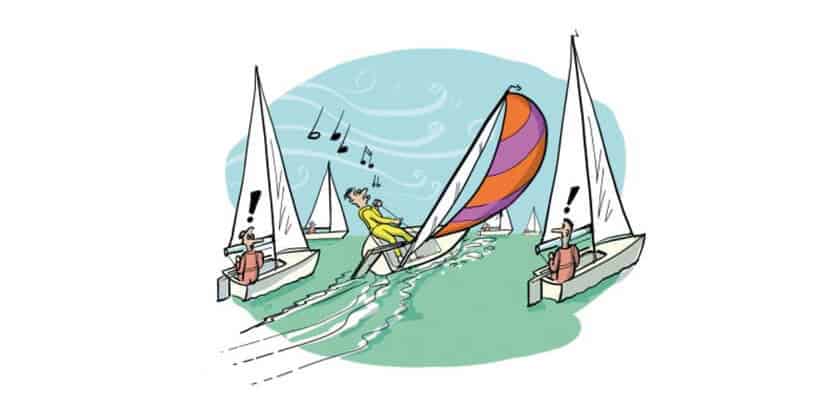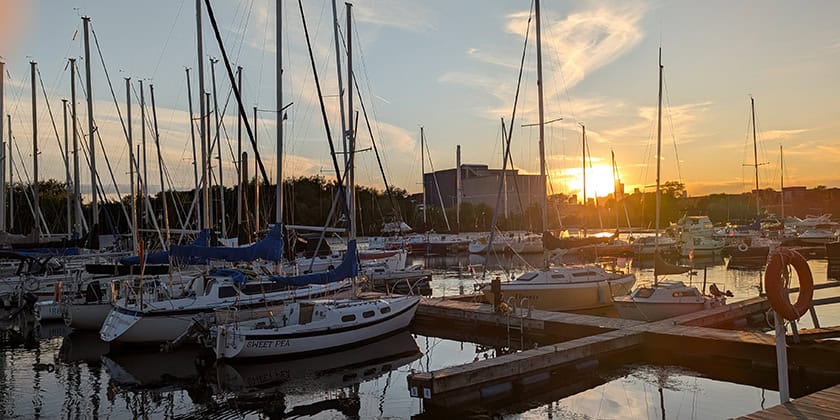Sail Tech: Slugs, Slides, and Boltrope
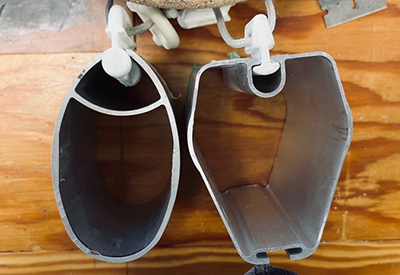
June 9, 2022
Sails are attached to the sailboat rig using several different systems. Let’s begin with mainsails.
The most basic attachment is with a boltrope that fits into a mast groove. This is very secure, and the sail is very well supported along the luff edge. It is also simple to build, and it makes the sail easy to recut the luff curve if you are racing and expect to have lots of sail modifications done over time.
See Figure 1 – Boltrope in spar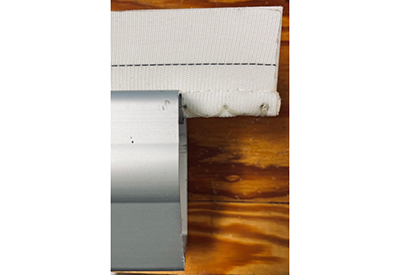
Fitting a boltrope to a mast is all about size and whether you go with soft rope or hardbraid. Soft rope is the most common, either spun polyester 3-strand, or various coloured polypropylene 3-strand. This is an inexpensive option, and easy to work for the sailmaker. It is far easier to hoist a hardbraid boltrope, but it is bulkier to handle and more expensive to install.
For race sails, by far the most popular fitment is for boltropes, the best choice is the hardbraid if you expect to use the sail for more than a season.
See Figure 2 – Hardbraid Boltrope
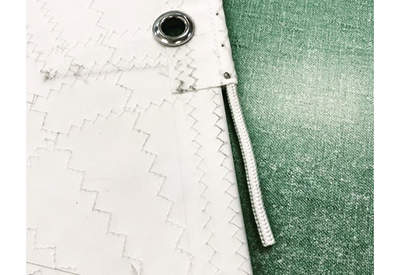
Masts that work with boltrope, will often (but not always) work with Slugs or some Specialty (Selden type) slides. Here I will throw some terminology at you, slugs are round like rope, and slides are flat, or at least flat(ish).
Figure 3 – Slugs are Round, and Slides are Flat
Slugs are generally fit based on diameter and waist width.
Figure 4 – Slug Diameter Measuring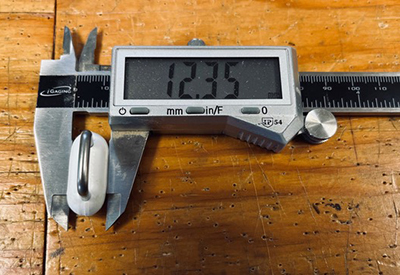
The Specialty Slides are more complicated and very mast specific. When in doubt, go with a slug instead, as both will likely work.
Figure 5 – Specialty Slide Width Measuring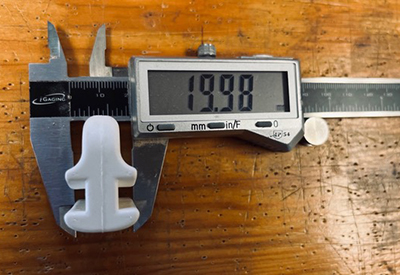
Figure 6 – Specialty Slide Waist Measuring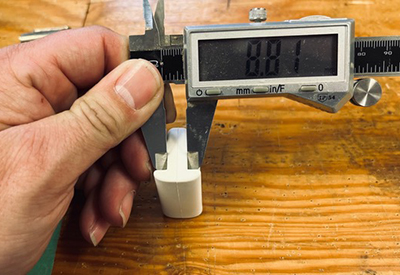
Masts that take flat slides, generally only work with slides. Boltropes won’t go up the groove, and the slide width and waist measurements are what is needed to fit them.
Figure 7 – Slide Width Measuring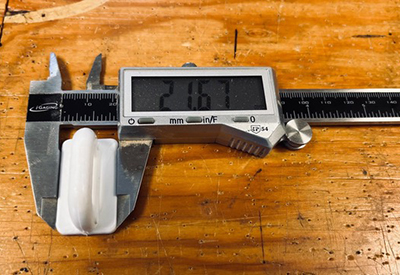
Figure 8 – Slide Waist Measuring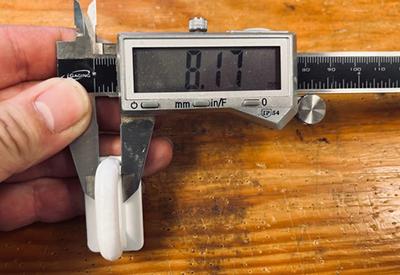
There are also old-fashioned slides that fit on a metal track outside of the mast. These are getting more and more uncommon to see. These slides work in two ways, they either work well or they don’t. It isn’t recommended to attach them to full length battens either as the added torque moment of the batten can bend the track or slide.
Figure 9 – External Slide Measuring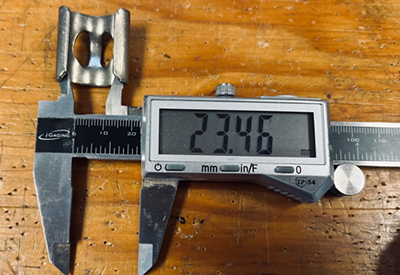
There are some other attachments like we see on dinghies like the Laser Sleeve luff, or mast hoops or lashings on a traditional vessel or a dinghy like an Optimist pram. This is in no way an exhaustive list but should help you understand the varied options for mainsail attachments. All these systems can easily be retrofitted over to a low friction system like Tides Strong Track which is custom made to fit your exact mast groove or external track.
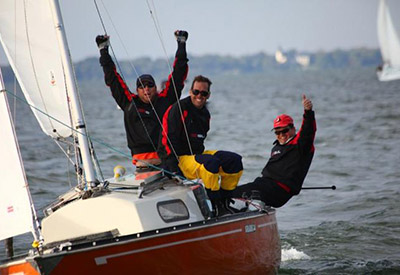 For more details and Sail Technology, find Keven’s column in Sailing in Canada
For more details and Sail Technology, find Keven’s column in Sailing in Canada
Keven Piper, two-time Shark 24 World Champion, founded Hamilton, ON-based Bay Sails in 1998. Email: baysails@gmail.com
